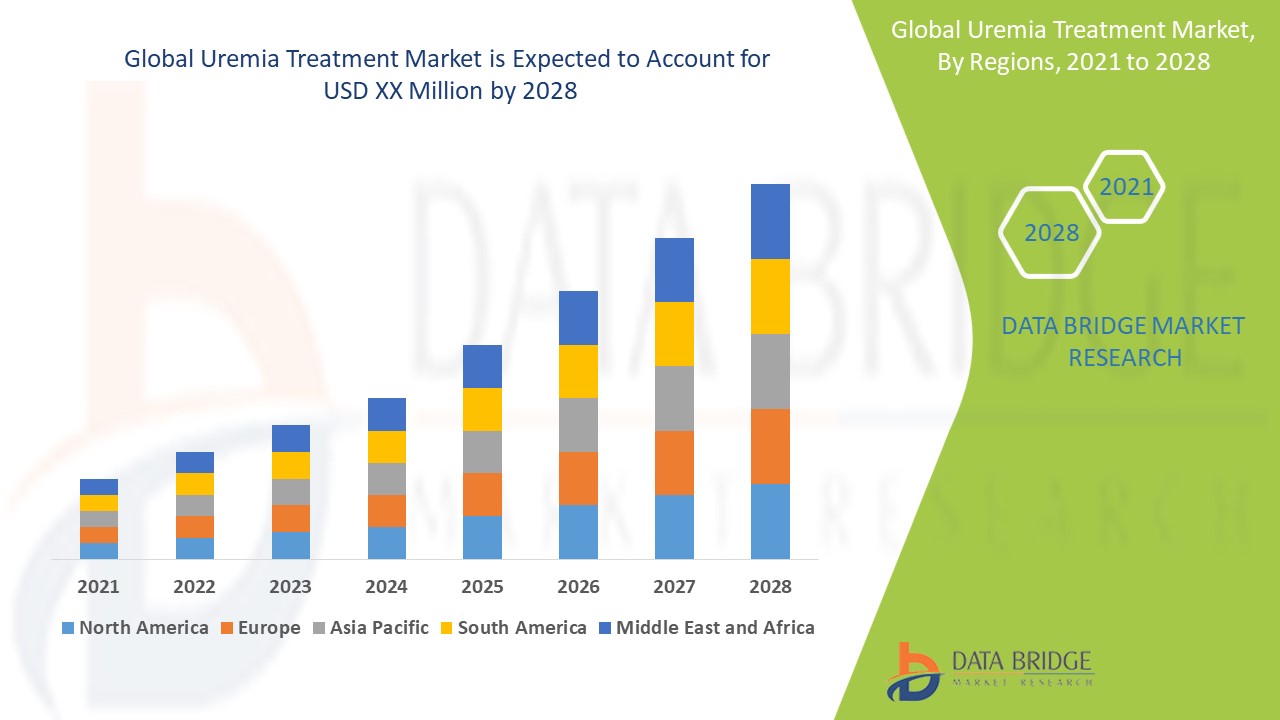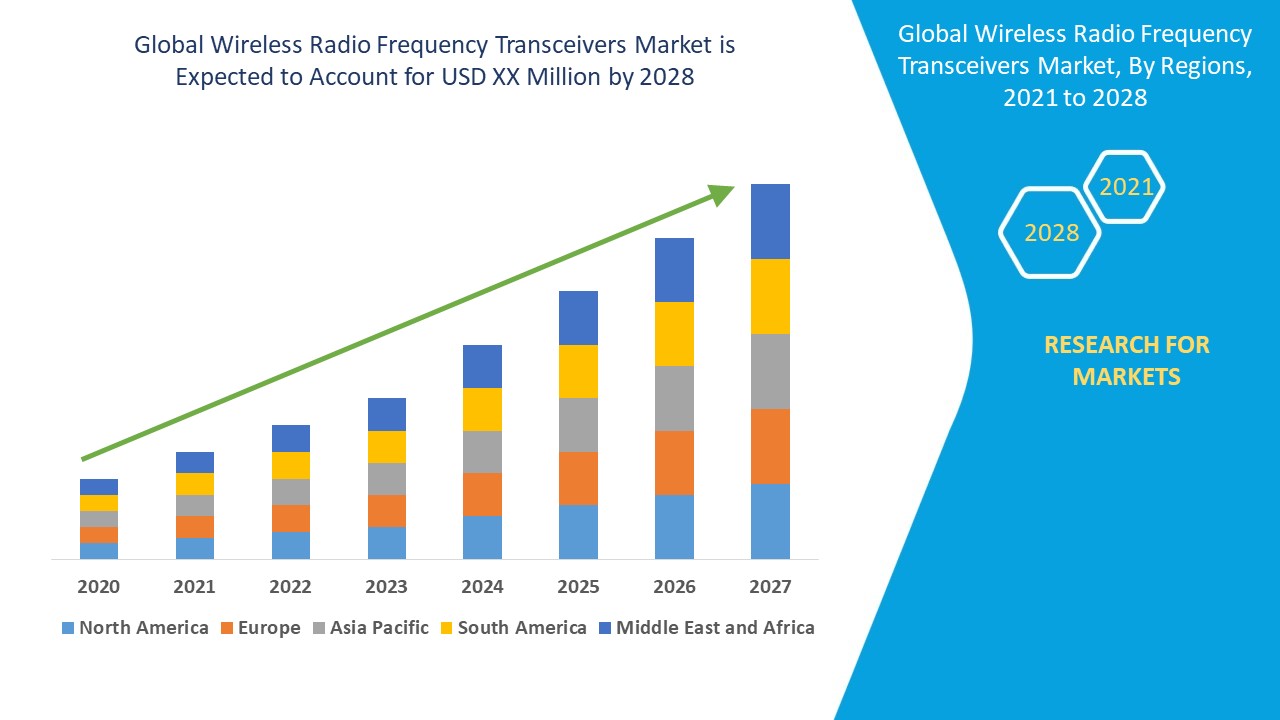Food Thickeners Market Size, Share, and Trends Analysis 2025-2033
The global food thickeners market size reached USD 15.8 Billion in 2024. Looking forward, IMARC Group expects the market to reach USD 23.2 Billion by 2033, exhibiting a growth rate (CAGR) of 4.4% during 2025-2033.

Market Overview:
The food thickeners market is experiencing rapid growth, driven by rising demand for processed and convenience foods, growing awareness of health and dietary needs, and advancements in food technology and innovation. According to IMARC Group's latest research publication, "Food Thickeners Market: Global Industry Trends, Share, Size, Growth, Opportunity and Forecast 2025-2033", The global food thickeners market size reachedUSD 15.8Billionin 2024. Looking forward, IMARC Group expects the market to reachUSD 23.2Billionby 2033, exhibiting a growth rate(CAGR) of 4.4%during 2025-2033.
This detailed analysis primarily encompasses industry size, business trends, market share, key growth factors, and regional forecasts. The report offers a comprehensive overview and integrates research findings, market assessments, and data from different sources. It also includes pivotal market dynamics like drivers and challenges, while also highlighting growth opportunities, financial insights, technological improvements, emerging trends, and innovations. Besides this, the report provides regional market evaluation, along with a competitive landscape analysis.
Download a sample PDF of this report: https://www.imarcgroup.com/food-thickeners-market/requestsample
Our report includes:
- Market Dynamics
- Market Trends And Market Outlook
- Competitive Analysis
- Industry Segmentation
- Strategic Recommendations
Growth Factors in the Food Thickeners Market
- Rising Demand for Processed and Convenience Foods:
The increasing consumer preference for convenience foods is a significant growth factor for the food thickeners market. Busy lifestyles and urbanization have driven demand for ready-to-eat meals, sauces, and snacks, which rely on thickeners to achieve desirable textures and stability. For instance, products like instant soups and frozen meals use thickeners like xanthan gum to maintain consistency after reheating. The global expansion of fast-food chains, such as McDonalds, further fuels this trend, as thickeners enhance the mouthfeel of sauces and dressings. Additionally, the rise in online food delivery platforms has increased the need for shelf-stable products, boosting the use of thickeners to ensure quality during transportation and storage.
- Growing Awareness of Health and Dietary Needs:
Health-conscious consumers are driving demand for specialized food thickeners tailored to dietary restrictions. The rise in gluten-free, vegan, and low-calorie diets has led manufacturers to innovate with natural and plant-based thickeners like agar-agar and guar gum. For example, companies like Bobs Red Mill have introduced gluten-free baking mixes that use xanthan gum to mimic the texture of traditional baked goods. The prevalence of dysphagia, a swallowing disorder, has also increased the need for thickeners in medical nutrition products, such as thickened beverages for elderly patients. This focus on health and inclusivity continues to expand the market for specialized thickener formulations.
- Advancements in Food Technology and Innovation:
Technological advancements in food processing have propelled the food thickeners market by enabling the development of novel thickener formulations. Innovations in extraction and processing techniques have improved the functionality of thickeners like carrageenan, allowing for better performance in low-pH environments like acidic sauces. For instance, CP Kelco has invested in research to enhance the stability of pectin in plant-based dairy alternatives, catering to the growing vegan market. Additionally, clean-label trends have pushed manufacturers to develop organic and non-GMO thickeners, appealing to environmentally conscious consumers. These innovations ensure thickeners meet diverse application needs, from creamy yogurts to stable emulsions in salad dressings.
Key Trends in the Food Thickeners Market
- Shift Toward Natural and Clean-Label Thickeners:
Consumers are increasingly seeking clean-label products, prompting manufacturers to replace synthetic thickeners with natural alternatives. Ingredients like tapioca starch and locust bean gum are gaining popularity due to their natural origin and minimal processing. For example, brands like Simply Thick have introduced clean-label thickeners for beverages, targeting health-conscious consumers and those with dietary restrictions. This trend aligns with the broader movement toward transparency in food labeling, where consumers demand simple, recognizable ingredients. Retailers like Whole Foods have capitalized on this by prioritizing products with natural thickeners, influencing suppliers to reformulate recipes to meet clean-label standards.
- Expansion of Plant-Based and Vegan Food Products:
The surge in plant-based diets has significantly impacted the food thickeners market, as manufacturers develop products to meet the textural needs of vegan foods. Thickeners like pectin and agar-agar are critical in creating creamy plant-based yogurts and cheeses. For instance, Oatly uses guar gum in its oat milk to achieve a smooth, milk-like consistency, appealing to vegan and lactose-intolerant consumers. The rise of plant-based meat alternatives, such as Beyond Meat, also relies on thickeners to improve texture and binding. This trend is expected to grow as sustainability concerns and ethical eating continue to influence consumer choices globally.
- Increasing Use in Functional and Fortified Foods:
Functional foods, fortified with nutrients or designed for specific health benefits, are a growing segment driving thickener demand. Thickeners are essential in maintaining the stability and texture of fortified beverages, such as protein shakes or vitamin-enriched smoothies. For example, Nestls Boost nutritional drinks use carrageenan to ensure a consistent texture while delivering added nutrients. The aging population and rising focus on preventive healthcare have increased demand for these products, particularly in developed markets. Thickeners also play a role in low-sugar or low-fat formulations, helping maintain palatability while meeting health-driven consumer preferences for functional foods.
We explore the factors driving the growth of the market, including technological advancements, consumer behaviors, and regulatory changes, along with emerging food thickeners market trends.
Leading Companies Operating in the Global Food Thickeners Industry:
- Archer Daniels Midland Company
- Ashland Global Holdings Inc.
- Cargill Incorporated
- CP Kelco U.S. Inc. (J.M. Huber Corporation)
- Darling Ingredients Inc.
- DuPont De Nemours Inc.
- Ingredion Incorporated
- Kerry Inc. (Kerry Group Plc)
- Medline Industries Inc.
- Tate & Lyle Plc
Food Thickeners Market Report Segmentation:
Breakup By Type:
- Protein
- Starch
- Hydrocolloids
Hydrocolloids exhibit a clear dominance in the market attributed to their versatile properties in improving texture and stability across a wide range of food products.
Breakup By Source:
- Plant
- Animal
- Microbial
Plant represents the largest segment due to the rising consumer preference for natural, clean-label ingredients.
Breakup By Application:
- Bakery
- Confectionery
- Sauces and Dips
- Beverages
- Convenience and Processed Food
- Others
Bakery holds the biggest market share owing to the growing demand for improved texture and shelf-life in baked goods.
Breakup By Region:
- North America (United States, Canada)
- Asia Pacific (China, Japan, India, South Korea, Australia, Indonesia, Others)
- Europe (Germany, France, United Kingdom, Italy, Spain, Russia, Others)
- Latin America (Brazil, Mexico, Others)
- Middle East and Africa
North America dominates the market, driven by advanced food processing industries and increasing demand for convenience foods.
Research Methodology:
The report employs a comprehensive research methodology, combining primary and secondary data sources to validate findings. It includes market assessments, surveys, expert opinions, and data triangulation techniques to ensure accuracy and reliability.
Note: If you require specific details, data, or insights that are not currently included in the scope of this report, we are happy to accommodate your request. As part of our customization service, we will gather and provide the additional information you need, tailored to your specific requirements. Please let us know your exact needs, and we will ensure the report is updated accordingly to meet your expectations.
About Us:
IMARC Group is a global management consulting firm that helps the worlds most ambitious changemakers to create a lasting impact. The company provide a comprehensive suite of market entry and expansion services. IMARC offerings include thorough market assessment, feasibility studies, company incorporation assistance, factory setup support, regulatory approvals and licensing navigation, branding, marketing and sales strategies, competitive landscape and benchmarking analyses, pricing and cost research, and procurement research.
Contact Us:
IMARC Group
134 N 4th St. Brooklyn, NY 11249, USA
Email: sales@imarcgroup.com
Tel No:(D) +91 120 433 0800
United States: +1-631-791-1145































